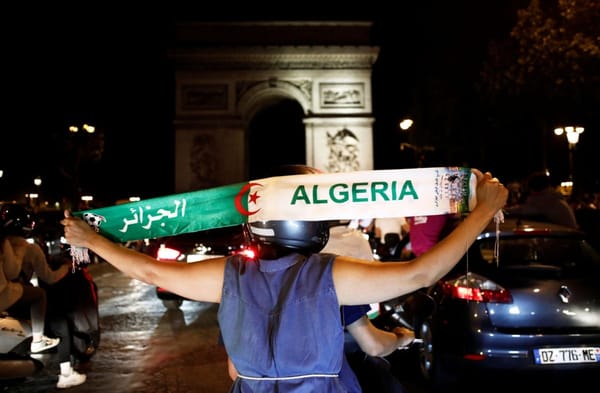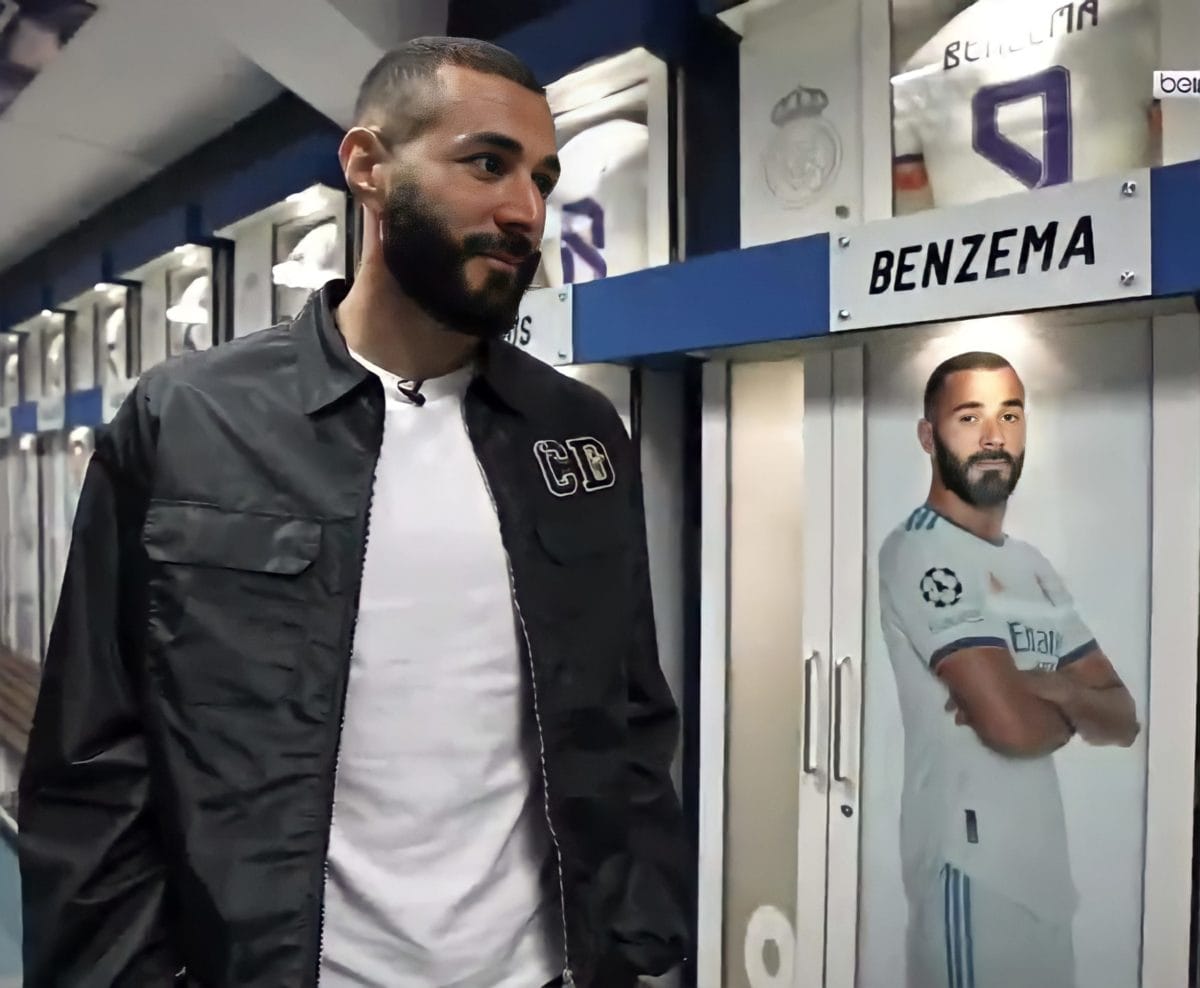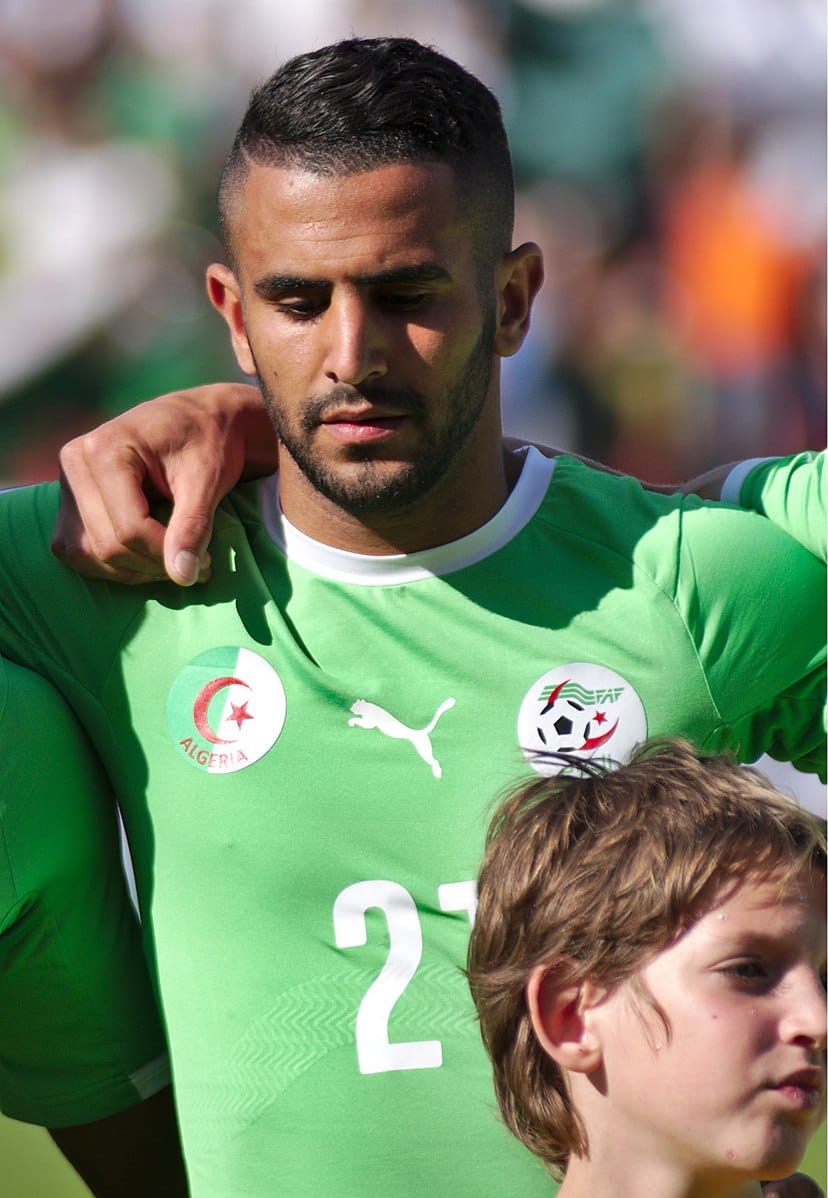The Beautiful Game between Algeria and France
Legacies of colonialism and decolonization have long shaped what football means to the large shared population of binational citizens between France and Algeria. One in every ten people in France has a direct familial connection to Algeria, complicating any distinction of national belonging and clou













